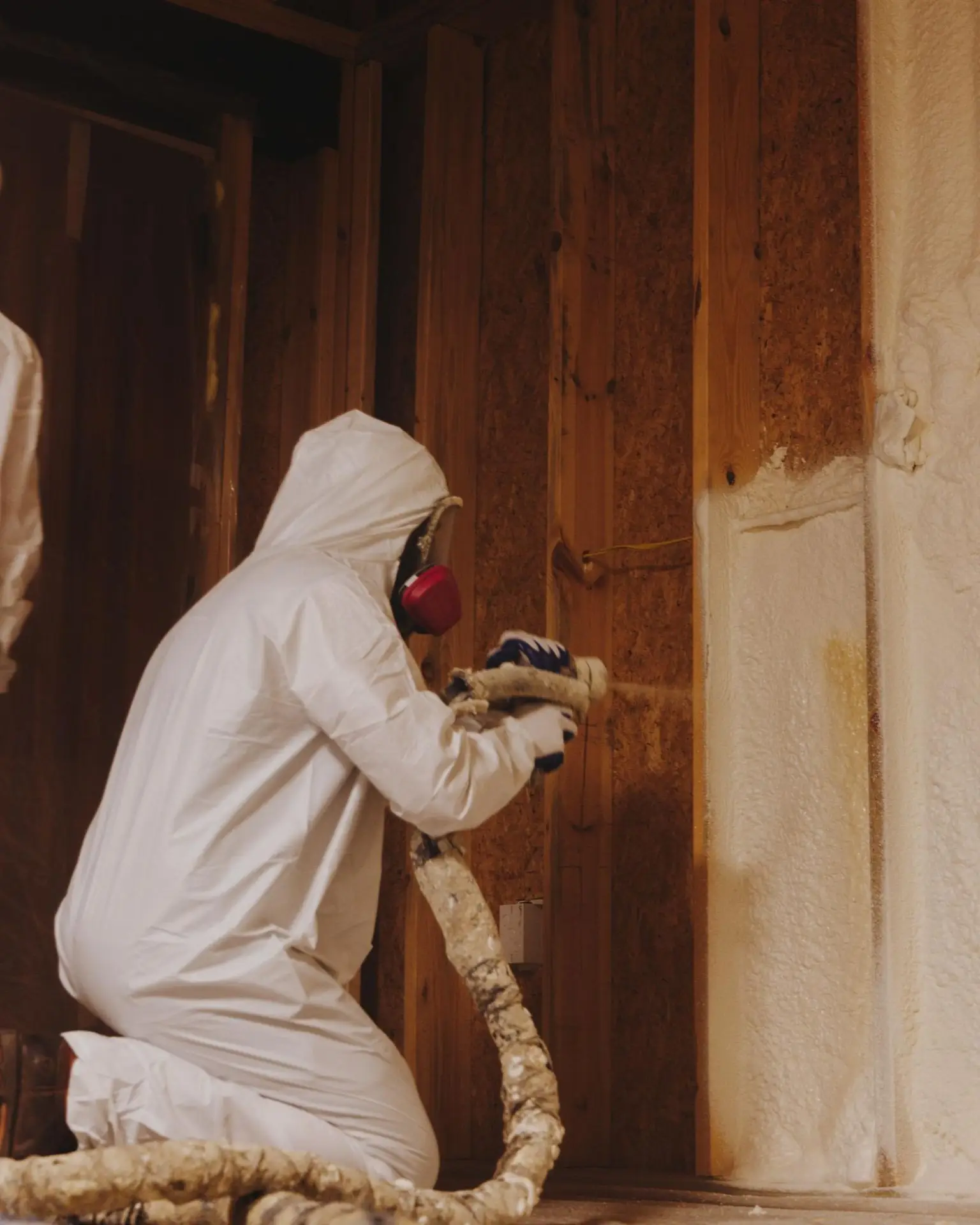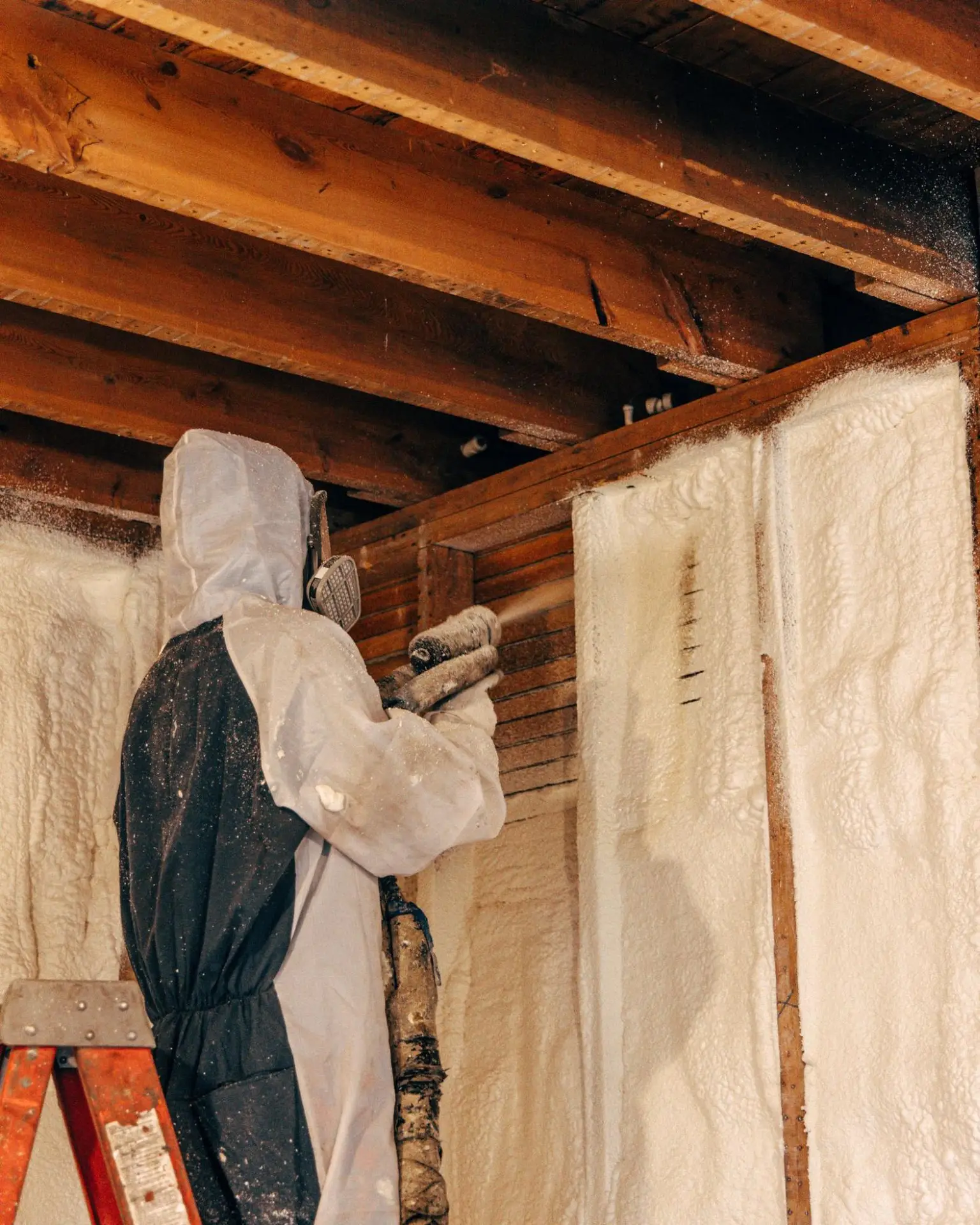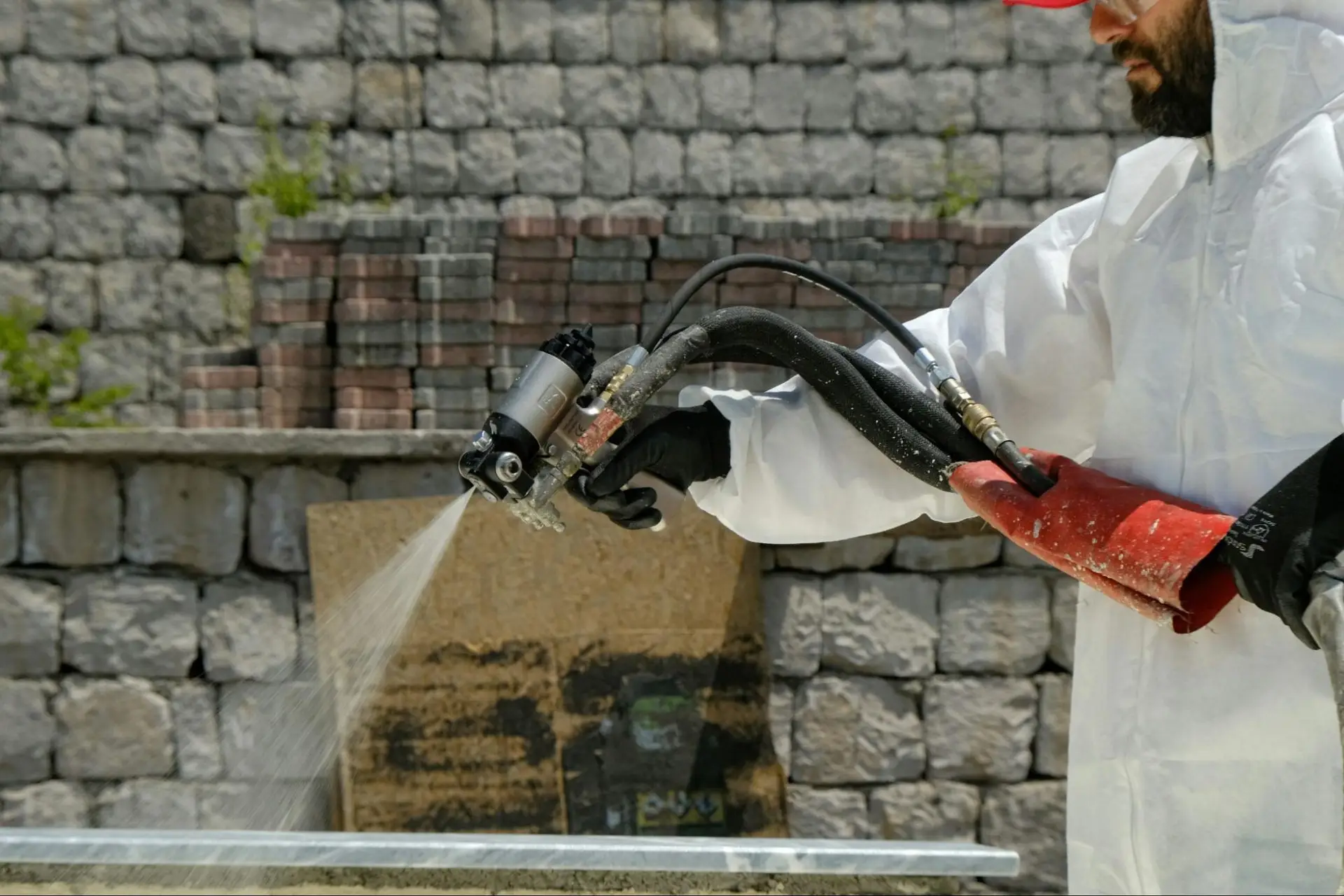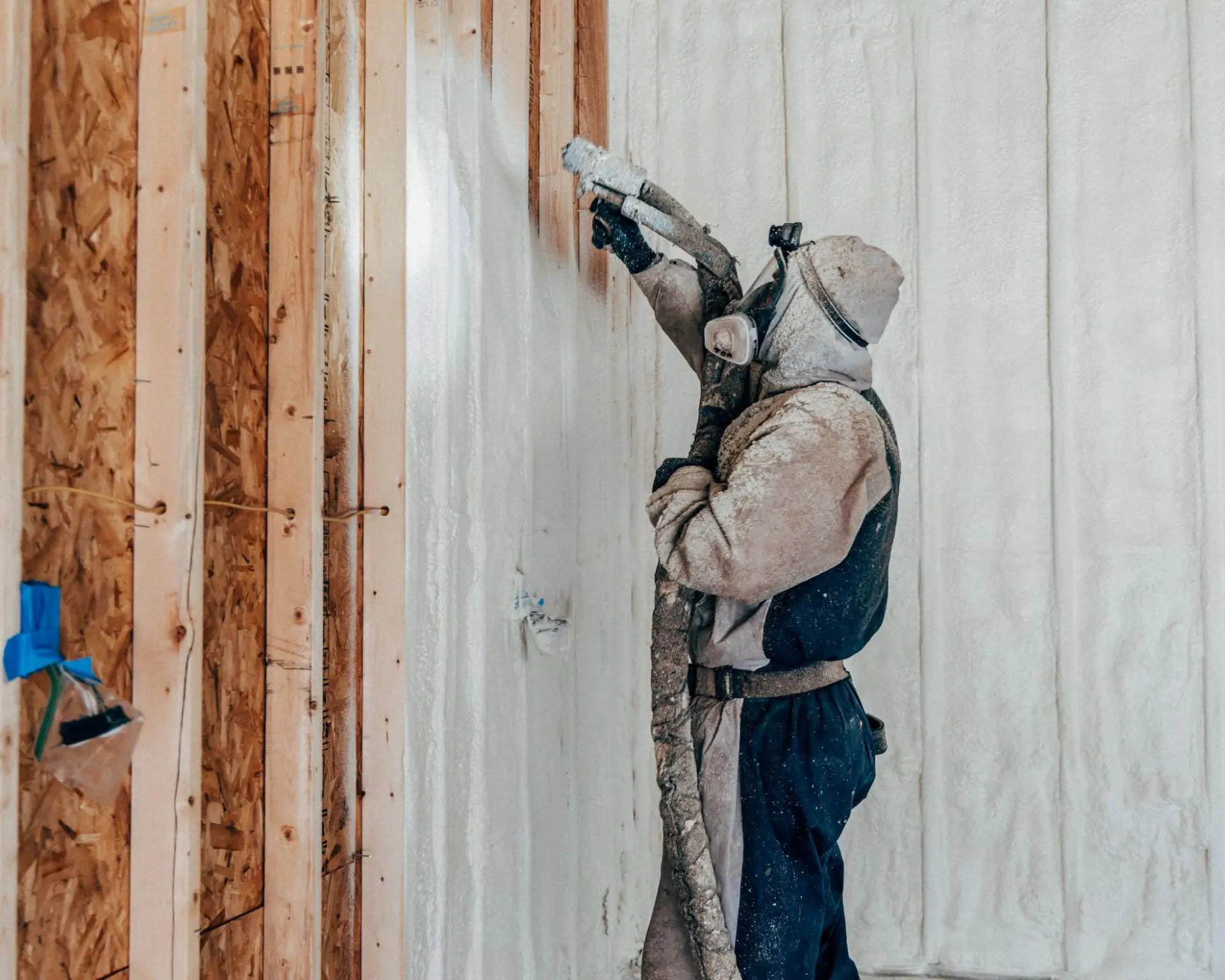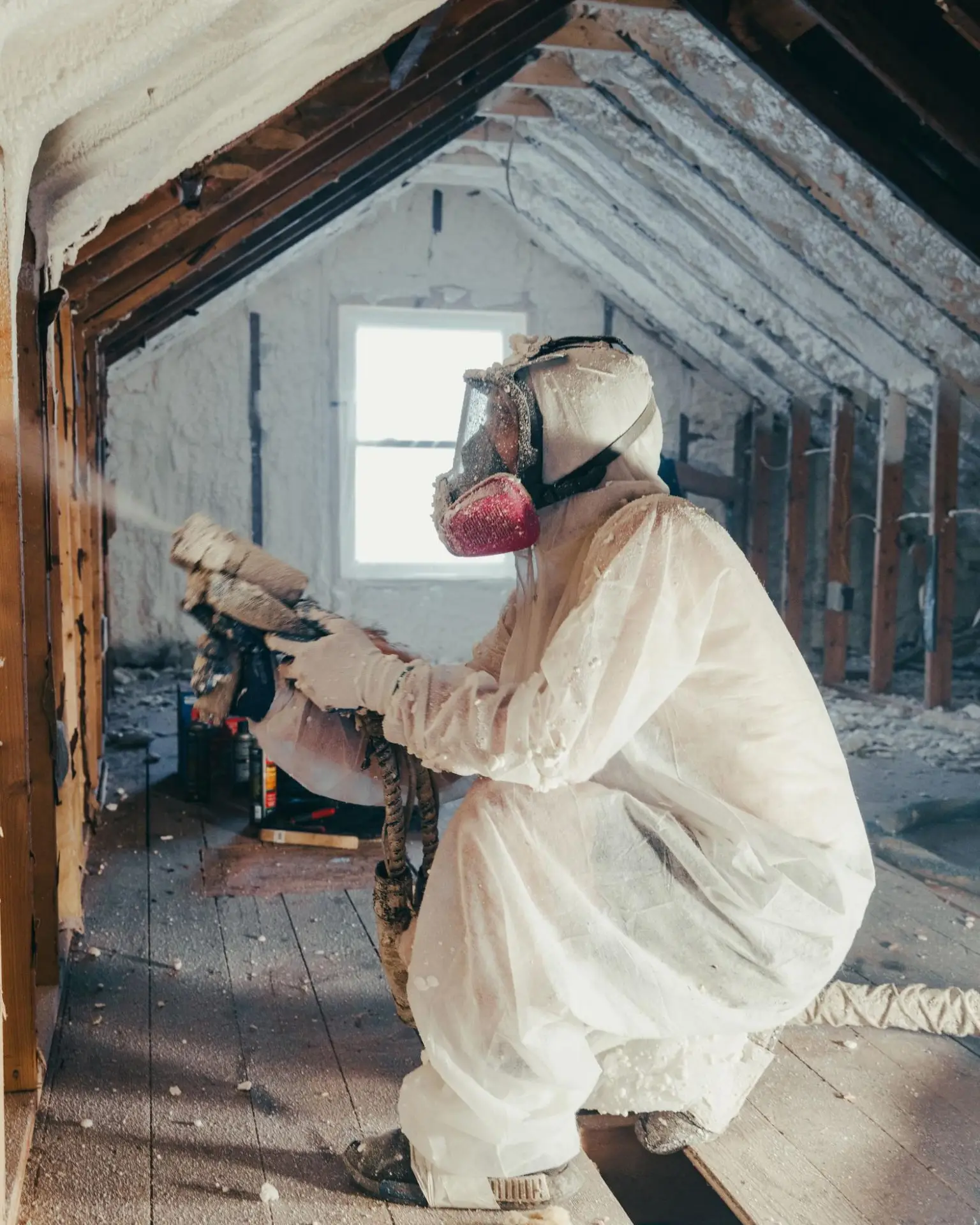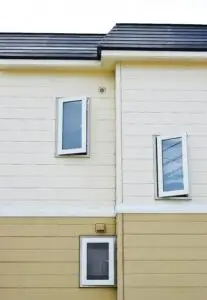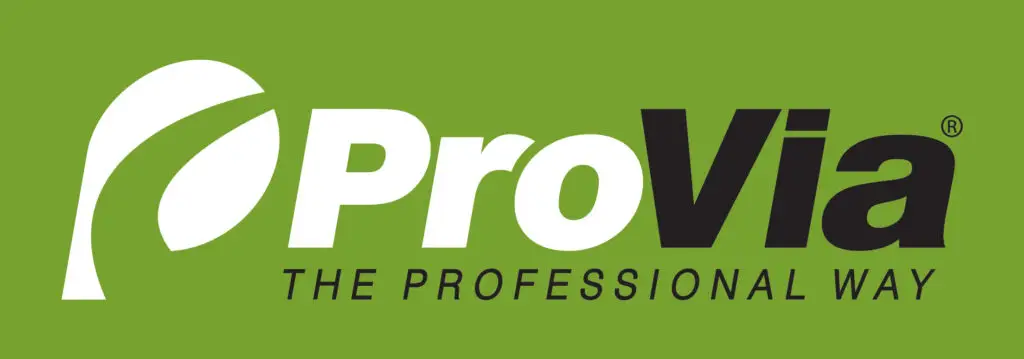Spray foam insulation offers unique benefits compared to traditional materials like wool, effectively blocking noise and preventing mildew growth. Unlike paint or drywall, it expands to fill gaps and cracks, creating an airtight seal that enhances energy efficiency. This versatile insulation solution has gained popularity among homeowners and contractors alike for its durability and performance. In this article, we’ll answer common questions about spray foam insulation to help you decide on your home or project.
Key Takeaways
- Spray foam insulation creates an airtight seal, improving energy efficiency and reducing air leakage
- Open-cell and closed-cell foam have different properties, suitable for various insulation needs
- Professional installation is recommended for optimal safety and effectiveness of spray foam insulation
- DIY spray foam kits are available for small projects but require careful safety precautions
- When hiring installers, look for industry certifications and ask about their experience and methods
What Makes Spray Foam Insulation Unique?
Spray foam insulation stands out in the world of building insulation due to its unique properties and application method. This innovative material expands upon application to fill gaps and create an airtight seal. It’s particularly effective in challenging areas like attics and metal structures. Spray foam’s ability to enhance energy efficiency by reducing air conditioning costs sets it apart from traditional insulation methods. Understanding the differences between open-cell and closed-cell foam, how it bonds to surfaces, and its energy-saving attributes is crucial for making informed decisions about insulation options.
Breakdown of Open-Cell vs. Closed-Cell Foam
Open-cell and closed-cell foam differ in density, insulation properties, and cost. Open-cell foam is lighter, more flexible, and less expensive, but offers lower R-value per inch. Closed-cell foam provides higher R-value, better moisture resistance, and structural support, but comes at a higher price. Both types can improve indoor air quality by reducing dust infiltration and greenhouse gas emissions. The choice between them depends on specific project requirements, climate conditions, and desired return on investment:
- Open-cell foam: Lower density, more breathable, better sound insulation
- Closed-cell foam: Higher R-value, moisture barrier, structural strength
- Both types: Applied as a liquid, expand to fill gaps and cracks
How Spray Foam Insulation Bonds to Surfaces
Spray foam insulation forms a strong bond with various surfaces, including wood, metal, and gypsum. This adhesion creates an effective barrier against air infiltration, which helps maintain consistent temperatures in spaces like crawl spaces and around appliances such as refrigerators. Unlike traditional insulation materials, spray foam doesn’t contain formaldehyde, making it a safer choice for indoor air quality.
Energy Efficiency Attributes of Spray Foam
Spray foam insulation excels in energy efficiency because it creates an airtight barrier, significantly reducing air leakage in the building envelope. This seamless air barrier minimizes heat transfer, making it ideal for retrofitting older structures or enhancing new construction. By effectively sealing gaps and cracks, spray foam insulation helps maintain consistent indoor temperatures, reducing the workload on HVAC systems and lowering energy costs:
| Energy Efficiency Feature | Benefit |
|---|---|
| Airtight Seal | Reduces air leakage and drafts |
| High R-value | Improves thermal resistance |
| Seamless Application | Eliminates gaps in insulation |
| Moisture Barrier | Prevents mold growth and structural damage |
How Long Does Spray Foam Insulation Last?
Spray foam insulation, a mixture that adheres to building codes, offers long-lasting performance compared to traditional materials. Its lifespan depends on various factors, including the quality of the spray application and environmental conditions. While initial installation may produce a temporary odor, properly applied foam can endure for decades. Understanding the elements influencing its durability and how it compares to other insulation types is crucial for homeowners and contractors alike. Unlike some materials that require frequent updates, spray foam provides consistent insulation without the need for regular maintenance.
Factors Affecting the Lifespan of Spray Foam
The lifespan of spray foam insulation depends on several factors, including the quality of the polyol and polymer components used in its formulation. Environmental conditions, such as exposure to UV light or extreme temperatures, can affect the foam’s durability. Proper installation by skilled professionals is crucial, as errors during application can lead to gaps or inconsistencies that may compromise the insulation’s effectiveness over time. Unlike fiberglass, spray foam is less susceptible to settling or deterioration due to moisture, potentially offering a longer-lasting solution despite its higher initial cost. However, homeowners should be aware that renovations involving plumbing or electrical work may require cutting through the foam, which could impact its long-term performance if not properly repaired.
Comparing Longevity With Other Insulation Materials
Spray foam insulation typically outlasts traditional materials like fiberglass or cellulose, offering superior longevity and performance. Its ability to adhere tightly to surfaces, including ceilings, creates a durable barrier against air pollution and potential health hazards. Unlike loose-fill insulation that may settle over time, spray foam maintains its shape and effectiveness for decades, reducing the need for replacement and minimizing long-term exposure to adhesive compounds used during installation.
Is Spray Foam Insulation Worth the Investment?
Spray foam insulation’s worth as an investment hinges on several factors, including its impact on framing, energy efficiency, and overall home comfort. While more expensive than traditional options like mineral wool, spray foam offers unique benefits such as superior air sealing and moisture control, which can prevent fungus growth and improve indoor air quality. The chemical reaction during application creates a seamless barrier, reducing the need for additional ventilation in certain areas. Homeowners must weigh the initial costs against long-term savings and potential property value increases to determine if spray foam insulation is the right choice for their specific situation.
Cost-Benefit Analysis of Spray Foam Insulation
Spray foam insulation offers a higher return on investment compared to traditional options like cellulose. The advanced technology behind spray foam provides superior air sealing and insulation properties, leading to significant energy savings over time. While the initial cost is higher, spray foam’s ability to deter pests and reduce combustion air intake in HVAC systems can result in long-term cost savings and improved home comfort.
Impact on Property Value and Energy Bills
Spray foam insulation can significantly impact property value and energy bills. By creating an airtight seal within walls and other substrates, it improves a home’s energy efficiency, potentially leading to lower utility costs. This enhanced energy performance, coupled with the long-lasting nature of closed-cell foam, can increase a property’s market value and appeal to potential buyers seeking energy-efficient homes. Homeowners considering this investment should gather information from local real estate professionals to understand the specific impact on property values in their area.
Can Spray Foam Insulation Be Applied DIY?
Spray foam insulation’s application requires careful consideration of safety, equipment, and technique. While professional installation is always recommended, some homeowners may consider DIY options for smaller projects. The process involves working with chemicals that react to create foam, which expands to fill spaces between walls, floors, and around electrical wiring. DIY kits are available, but users must understand the importance of proper density and application to ensure effective insulation against heat transfer and water intrusion. Safety precautions and product selection are crucial for those considering a DIY approach.
Safety Considerations for DIY Spray Foam Applications
DIY spray foam insulation applications require careful consideration of safety measures. Proper protective equipment, including respirators, gloves, and eye protection, is essential when working with polyurethane foam and sealants. Adequate ventilation is crucial to prevent exposure to harmful fumes and to manage moisture levels during application. Users should be aware of the product’s flame-resistant properties and follow manufacturer guidelines for safe handling and application of the coating.
Recommended Kits for Home Use
Several DIY spray foam insulation kits are available for home use, offering a cost-effective solution for smaller projects. These kits typically include low-pressure spray foam systems suitable for sealing gaps around windows, doors, and concrete foundations. While they can be a good investment for minor repairs, it’s important to note that professional spray foam contractors are still recommended for larger-scale applications, especially in areas exposed to high winds or extreme weather conditions.
| DIY Kit Feature | Benefit |
|---|---|
| Low-pressure system | Easier to control for novice users |
| Smaller coverage area | Suitable for minor repairs and touch-ups |
| Included safety equipment | Ensures proper protection during application |
| Step-by-step instructions | Guides users through the application process |
Addressing Health and Safety Concerns
Spray foam insulation offers numerous benefits, including enhanced soundproofing and protection against mold growth. However, it’s crucial to address potential health risks associated with its installation and use. While spray foam can effectively insulate rafters and provide a long-lasting warranty, proper safety measures must be followed during application. This section explores the health concerns related to spray foam insulation, including potential risks from polystyrene components, and outlines best practices for safe installation to ensure both installers and occupants remain protected.
Overview of Potential Health Rispects
Spray foam insulation, while effective for energy efficiency and space design, poses some potential health risks that require careful consideration. The chemicals used in its composition can contribute to ozone depletion and may release volatile organic compounds during and after installation. Proper personal protective equipment is essential for installers to prevent exposure to harmful substances, including plastic particles that may become airborne during application. At Mammoth, we carry out this process safely.
Best Practices for Safe Installation
Safe spray foam insulation installation requires careful attention to environmental conditions and proper equipment usage. Installers monitor humidity levels to prevent condensation issues, especially when applying foam to masonry surfaces. Using appropriate pumps and ensuring correct fiber ratios in the foam mixture are crucial for optimal performance. Professionals should also be prepared to address potential challenges with different substrate materials and surface textures:
| Safety Practice | Importance |
|---|---|
| Monitor humidity levels | Prevents condensation and improves adhesion |
| Use proper equipment | Ensures consistent application and reduces risk |
| Maintain correct mixture ratios | Optimizes foam performance and durability |
| Adapt to substrate variations | Enhances overall insulation effectiveness |
Conclusion
Spray foam insulation offers unique benefits, including superior air sealing and energy efficiency, making it a valuable investment for homeowners. Understanding the differences between open-cell and closed-cell foam, as well as the factors affecting its lifespan and application methods, helps individuals make informed decisions about their insulation needs. While professional installation is recommended, DIY options exist for smaller projects, but safety considerations and proper equipment usage are crucial. By addressing health concerns, choosing qualified installers, and weighing the cost-benefit analysis, homeowners can maximize the advantages of spray foam insulation in their properties.

